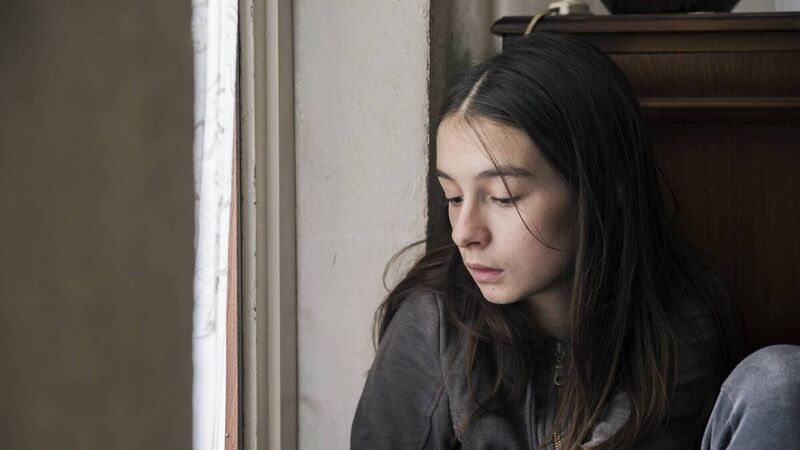Joanna Fortune: My 12-year-old daughter refuses to go to school due to separation anxiety

This anxiety is not rooted in reality but the experience is very real for the child. Picture: iStock
Separation anxiety can be defined as a lingering worry or anxiety that something bad will happen to the child (or they believe something bad will happen to their mum or dad) if they leave their parent.
This anxiety is not rooted in reality but the experience is very real for the child.
It is not unusual for children with separation anxiety to refuse to go to school or sleep in their room or, in your child’s case, to even go to the bathroom without their caregiver nearby.
Some young people experience it as a fear of being alone or apart from their caregiver in any context.
- Help your child to gradually build up a tolerance to being apart from you. At home, play Marco Polo by you going to a different room, even upstairs, as you practice this and every time she calls ‘Marco’, you will reply ‘Polo’.
- Explore using a transitional object. She can take and hold this while apart from you that conjures you up in her mind. It might be a piece of your scarf or a T-shirt you sleep in that has your scent as our olfactory sense is strongly associated with memory.
- Always plan for new situations. Drive by any new venue; if it is somewhere with a website, look at photos of it online together.
- If you have a question for child psychotherapist Joanna Fortune, please send it to parenting@examiner.ie








